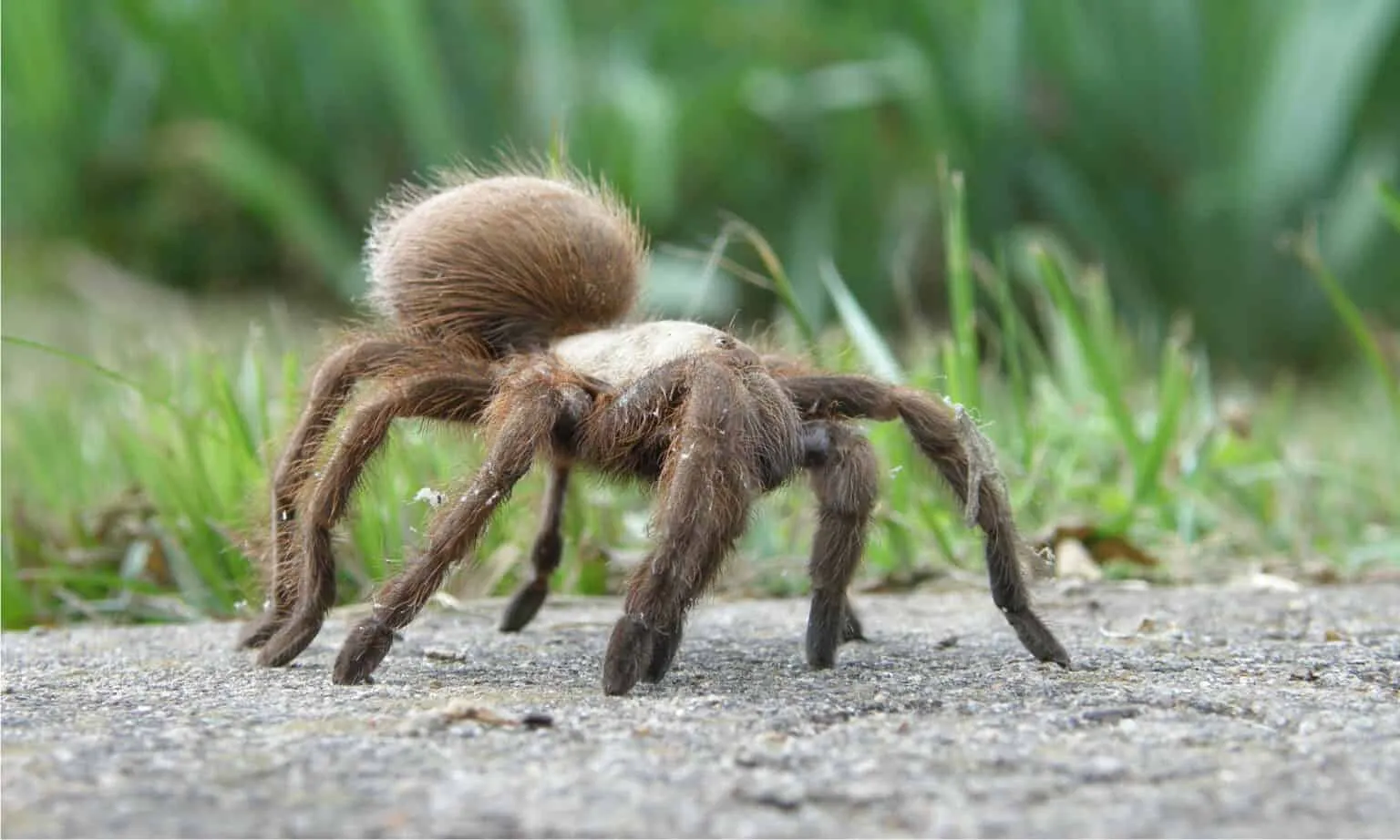Tarantula vs Scorpion Fight The Setup
The clash between a tarantula and a scorpion is a dramatic event in the wild, a battle between two formidable predators. These arachnids, often found in similar habitats, occasionally cross paths, leading to a struggle for survival. This article will delve into the key aspects of this encounter, examining their sizes, weapons, fighting styles, habitats, and, most importantly, who usually emerges victorious. Understanding the strengths and weaknesses of each creature is crucial to predicting the outcome of their battles. This isn’t just a simple fight, but a complex interaction shaped by evolution, environment, and instinct.
Tarantula vs Scorpion Size and Strength
Tarantula Size and Power

Tarantulas, with their hairy bodies and impressive leg spans, can reach significant sizes. The Goliath birdeater tarantula, for example, is one of the largest spiders in the world, capable of reaching a leg span of up to 12 inches. Their size translates into considerable strength, allowing them to overpower prey much larger than themselves. They possess powerful chelicerae (fangs) that can deliver a painful bite, injecting venom to immobilize their victims. The tarantula’s size and strength give it a distinct advantage in close combat situations, allowing it to grapple and subdue its opponent.
Scorpion Size and Power
Scorpions, while varying in size depending on the species, generally have a more compact and robust build. Their most distinctive feature is their tail, which ends in a venomous stinger. The size of a scorpion can vary, with some species reaching several inches in length. They are equipped with powerful pincers (pedipalps) used for grasping and crushing prey. Their primary weapon, the stinger, delivers a potent venom, capable of causing pain and paralysis. The scorpion’s armor-like exoskeleton provides good protection, and its agility allows it to strike quickly, making it a formidable adversary.
Tarantula vs Scorpion Weapons and Tactics
Tarantula Weapons

Tarantulas primarily rely on their size, fangs, and venom. The fangs are used to pierce the exoskeleton of their prey, injecting a venom that begins the digestive process. Many tarantulas also possess urticating hairs on their abdomen, which they can flick towards threats, causing irritation and deterring attacks. When fighting, tarantulas will often attempt to get a grip on their opponent, using their powerful legs to hold them in place while delivering bites. Their size and strength are crucial in overpowering the scorpion, providing a significant tactical advantage.
Scorpion Weapons
The scorpion’s primary weapon is its venomous stinger, located at the end of its tail. The stinger can deliver a powerful and often painful dose of venom. Its pincers are used to grasp and crush prey, and they can also be used defensively to ward off attackers. Scorpions are known for their quick reflexes and agility, enabling them to strike with lightning speed. They may also use their tail to arch over their body, striking at potential threats. The combination of speed, venom, and protective armor makes them a formidable opponent.
Tarantula vs Scorpion Fighting Style
The fighting styles of tarantulas and scorpions differ significantly. Tarantulas rely on brute force, aiming to grapple and subdue their opponent with their size and strength. They will try to gain a superior grip, and deliver a bite. Scorpions, on the other hand, depend on speed and precision. They attempt to strike their opponent with their stinger, injecting venom to quickly neutralize the threat. Scorpions are known for their defensive stances, utilizing their pincers to grasp at attackers, while positioning their tails for strikes. Their agility helps them evade attacks.
Tarantula vs Scorpion Habitat and Hunting

Tarantula Hunting
Tarantulas are ambush predators, often waiting in burrows or concealed locations. They are opportunistic hunters, preying on insects, small reptiles, and even small mammals. Their hunting strategy involves detecting vibrations and using their size and venom to overcome their prey. They typically ambush, rapidly attacking and injecting venom to subdue their victim. Their ambush style also gives them an advantage when encountering scorpions, where they use the element of surprise to secure a grip and disable their adversary.
Scorpion Hunting
Scorpions are also ambush predators and often hunt at night, using their sensory organs to detect prey. They will grab their prey with their pincers and then use their stinger to inject venom. Scorpions generally consume insects, spiders, and other small invertebrates. They are well-adapted to their habitat, often found under rocks, in burrows, or in crevices. They are highly effective hunters, able to quickly subdue and immobilize their prey using their speed and venom.
Tarantula vs Scorpion Fight Outcome

Factors Influencing the Winner
Several factors determine the outcome of a tarantula versus scorpion fight. Size is a critical factor, with the larger arachnid usually having an advantage. The species of both the tarantula and scorpion plays a significant role. The tarantula’s venom potency, the scorpion’s venom potency, and the fighting abilities of each also influence the outcome. The environment in which the fight occurs also affects the outcome. The terrain, the availability of cover, and the presence of other predators can all impact the chances of survival. Ultimately, the victor is determined by the interplay of size, weapons, fighting style, and the environment.
Overall Winner Analysis
Generally, a larger tarantula often defeats a smaller scorpion in a direct confrontation. The tarantula’s size and strength, combined with its powerful chelicerae and venom, give it a significant advantage in overpowering its opponent. Scorpions have been known to win, especially when the scorpion is larger, the tarantula is smaller, or the scorpion successfully stings the tarantula in a vulnerable area. However, in most cases, the tarantula, due to its size and gripping ability, manages to secure the win. However, it is essential to note that both creatures are formidable adversaries, and the outcome of a fight can vary depending on the specific circumstances of the battle.
